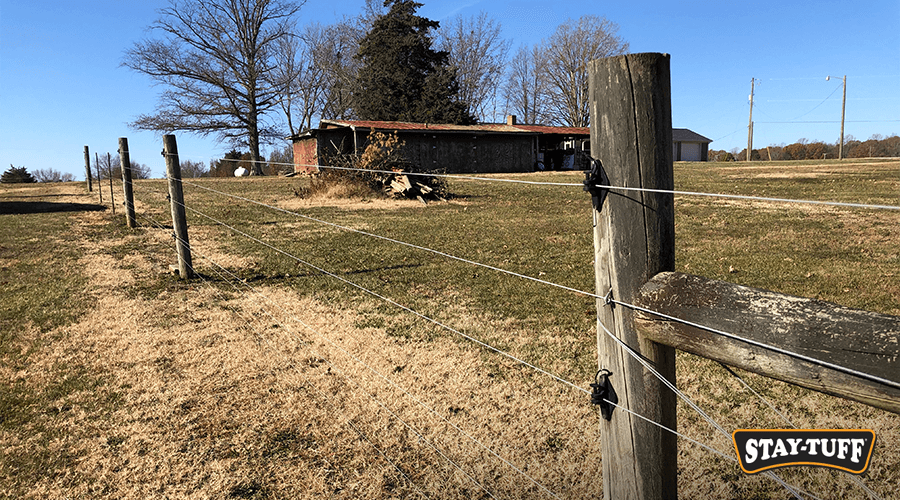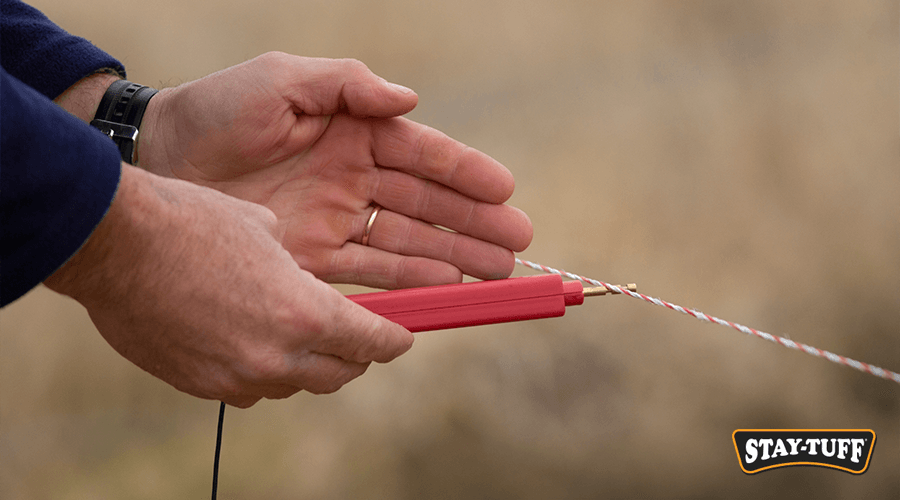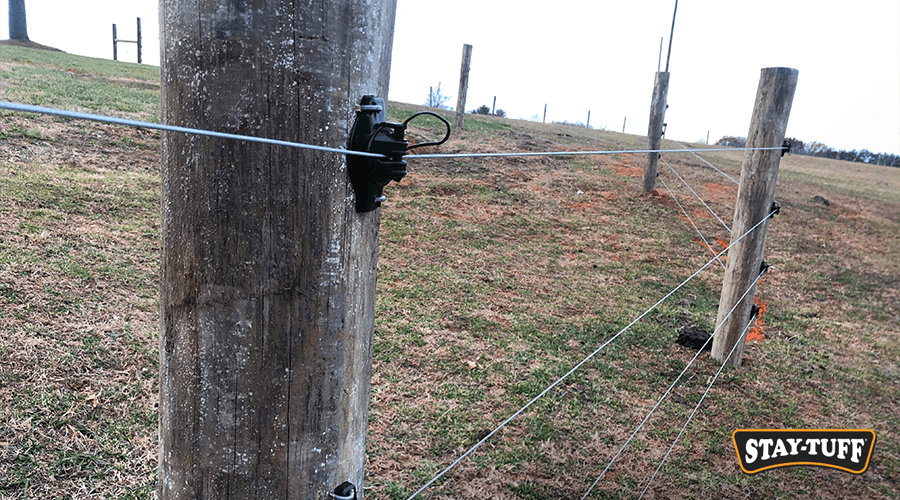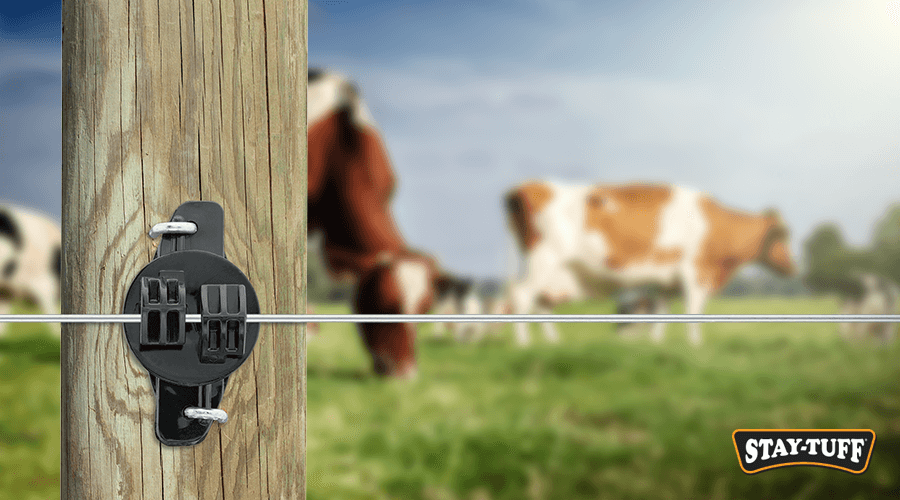How to Test an Electric Fence
How to Test an Electric Fence
Ensuring Your Electric Fence Functions Correctly
Electric fences serve as a straightforward yet highly effective means of enhancing security on your property or reinforcing existing fences. They act as both a deterrent to predators like wolves and coyotes and a protective barrier for your livestock or pets.

Installing an electric fence is often done to boost protection against intruders or to safeguard your own animals—whether they're livestock or household pets. Testing the voltage of an electric fence is crucial for its effectiveness: too high a voltage can cause serious harm to animals or humans, while insufficient voltage may result in ineffective deterrence, allowing animals to escape or intruders to penetrate the area.
Methods for Testing
Important Note: Never touch the fence with bare hands under any circumstances.
There are multiple ways to ensure that your electric fence is functioning optimally.

An electric fence voltmeter is a compact, user-friendly device that can be used to measure the voltage of your electric fence wires. While instructions may differ depending on the manufacturer, the general process involves identifying the grounding wire first, then using the voltmeter's probe to touch the fence. This usually provides a reading of the voltage.
Many home improvement stores also sell non-contact voltmeters, which serve the same purpose. These tools provide a quick and easy way to check the status of your electric fence.
However, these descriptions are merely general guidelines and should not be taken as definitive instructions. Always seek professional assistance and adhere strictly to the manufacturer's guidelines when performing tests.

A properly functioning electric fence often produces a faint humming or buzzing noise. You can verify this by standing close to the fence without touching it. While this method is inexpensive and quick, it is not always reliable. The absence of sound does not necessarily indicate that the fence is inactive.
No matter which method you choose to evaluate your electric fence, it is strongly recommended to consult certified professionals for advice and assistance.
Consider STAY-TUFF for Your Next Installation

STAY-TUFF is renowned for its efficiency, affordability, performance, and durability. Its electric fence solutions provide enhanced conductivity along with rust-resistant properties, making them ideal for rotational grazing, crop protection, and animal confinement or exclusion.
In addition, the high carbon content in STAY-TUFF wires enables fewer fence posts to be used, reducing costs and installation time. To discover where you can access STAY-TUFF solutions near you, click here.
Swing Barrier,Glass Swing Turnstile,Swing Barrier Turnstile,Acrylic Swing Barrier Gate
Shandong Changchongyun Intelligent Technology Co., Ltd. , https://www.ccyparking.com